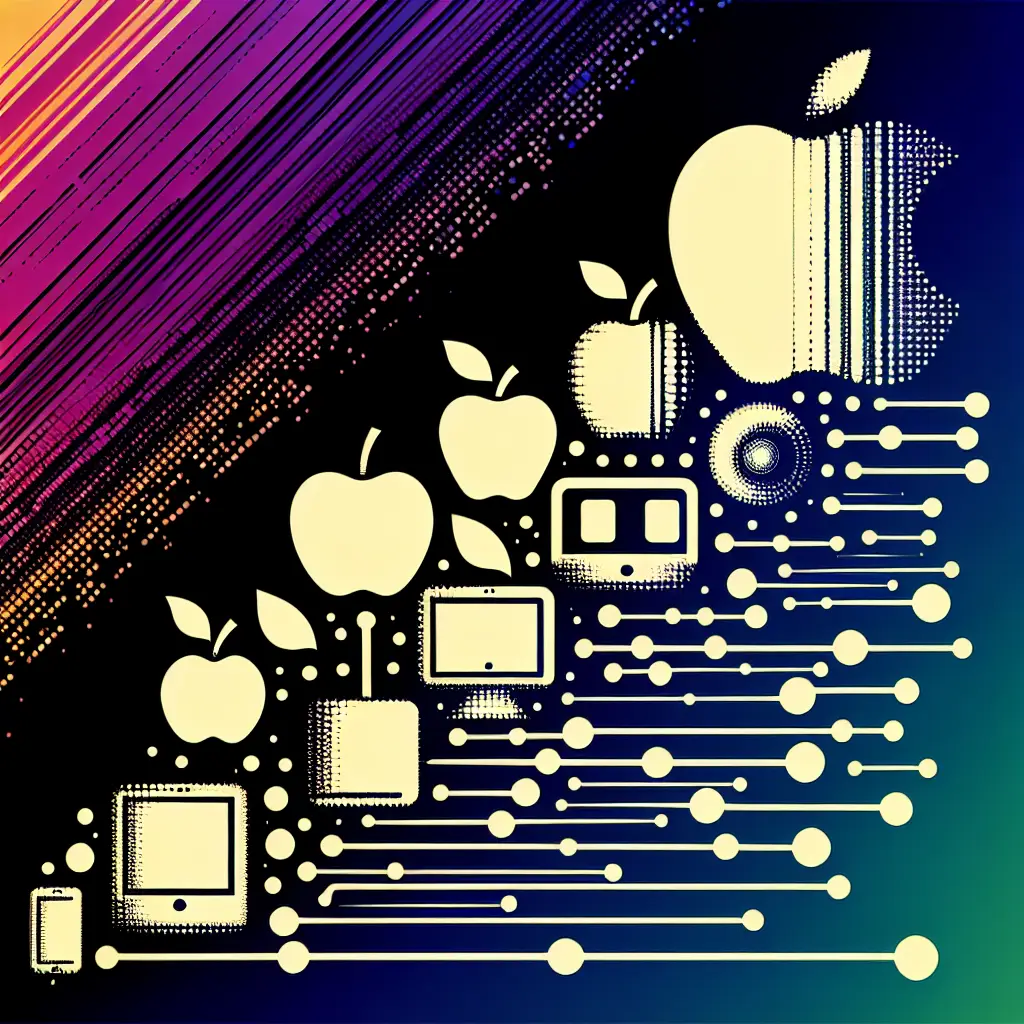Apple Inc. emerged as a beacon in the world of technology, heralding a new era of innovation and creativity. Established in April 1976 by Steve Jobs, Steve Wozniak, and Ronald Wayne, the company has since played an instrumental role in pioneering technological advances that continue to transform lives globally. The evolution and impact of Apple on technology cannot be understated, serving as an inspiration to budding inventors while continually challenging norms within the industry.
Apple’s first contribution was the Apple I, a rudimentary computer that attracted limited attention but was a stepping stone for future developments. Following this initial product launch, in 1977, Apple introduced its first major disruptor – the Apple II. This personal computer revolutionized computing with its graphical user interface and openness to expansion and programming. The Apple II remained in production until 1993, proving the longevity of Apple’s designs.
By 1984, Apple unveiled the Macintosh, reshaping the technology market yet again. The Macintosh was the first mass-market personal computer to feature a graphical user interface, built-in screen, and mouse. This revolutionary design made computers accessible to a wider audience, rendering technology less intimidating and fostering an inclusive environment.
Another significant milestone in Apple’s evolution was the introduction of the iPhone in 2007. The iPhone integrated internet connectivity, music and video playback, and a touch screen into a sleek, handheld device. This technological marvel catalyzed the smartphone revolution, turning mobile phones from a mere communication tool into an indispensable digital companion.
Subsequent iPhone iterations have continued to pioneer significant technological advancements. Enhanced features like smart Siri voice command, biometric fingerprint Touch ID, advanced Face ID technology, and augmented reality capabilities have set the pace for the global smartphone industry. The enduring impact of the iPhone is evident in its influence on other smartphone designs and applications.
Apple also ventured into the tablet market in 2010 with the iPad. The release of the iPad opened up a new technology segment, bridging the gap between smartphones and laptops. Leveraging on a larger touch screen, the iPad introduced new usage possibilities, including digital art, mobile gaming, and advanced business applications.
Apple’s technological evolution extends beyond hardware. Their proprietary software also contributes significantly to their success. With the introduction of the iOS mobile operating system in 2007, Apple set a new benchmark for operating system simplicity, reliability, and security. iOS continues to evolve, offering an unparalleled user experience and setting the standard for other mobile operating systems.
The development of the Apple App Store further revolutionize the mobile application industry. Launched in 2008, it created new opportunities for developers to share their creativity with a global audience and monetize their work. The App Store has since facilitated the development and distribution of millions of applications, including games, productivity tools, and social media platforms, serving as a game-changer in the technology landscape.
In 2014, Apple made a significant expansion into wearable technology with the Apple Watch. This smart device integrated health and fitness tracking, wireless telecommunication, and media control into a stylish, wearable format. The Apple Watch transformed wearable technology from a design experiment into a vital health and communication tool, setting a new trend in the industry.
The evolution and impact of Apple on technology aren’t limited to their products and services. The company’s unique marketing strategy, focusing on product aesthetics and user experience, redefined how technology products are marketed. This shift moved the focus from complex technical specifications to how technology can improve everyday lives, altering customer perceptions and expectations.
To conclude, Apple’s journey has been an illustrious one, characterized by continuous innovation, behavior-changing technology, and a relentless pursuit of disrupting norms. The Apple story is a testament to the transformative power of technology. Its influence extends beyond producing advanced gadgets to shaping societal behavior, setting industry standards, and inspiring next-generation innovation.
From the Apple I to the iPhone 12 series, from Macintosh computers to Apple Watches, every product has been a testimony to the company’s commitment to bring technology and design together. The company’s ventures into software, with platforms such as the App Store and iOS, have been instrumental in shaping the digital landscape.
The impact of Apple on the world of technology is immeasurable, serving as a foundational pillar of the tech industry. By consistently challenging boundaries and reinventing its products, Apple has set the pace for technological evolution, making it a subject of study, a source of inspiration, and a catalyst for innovation.
Share this content:
